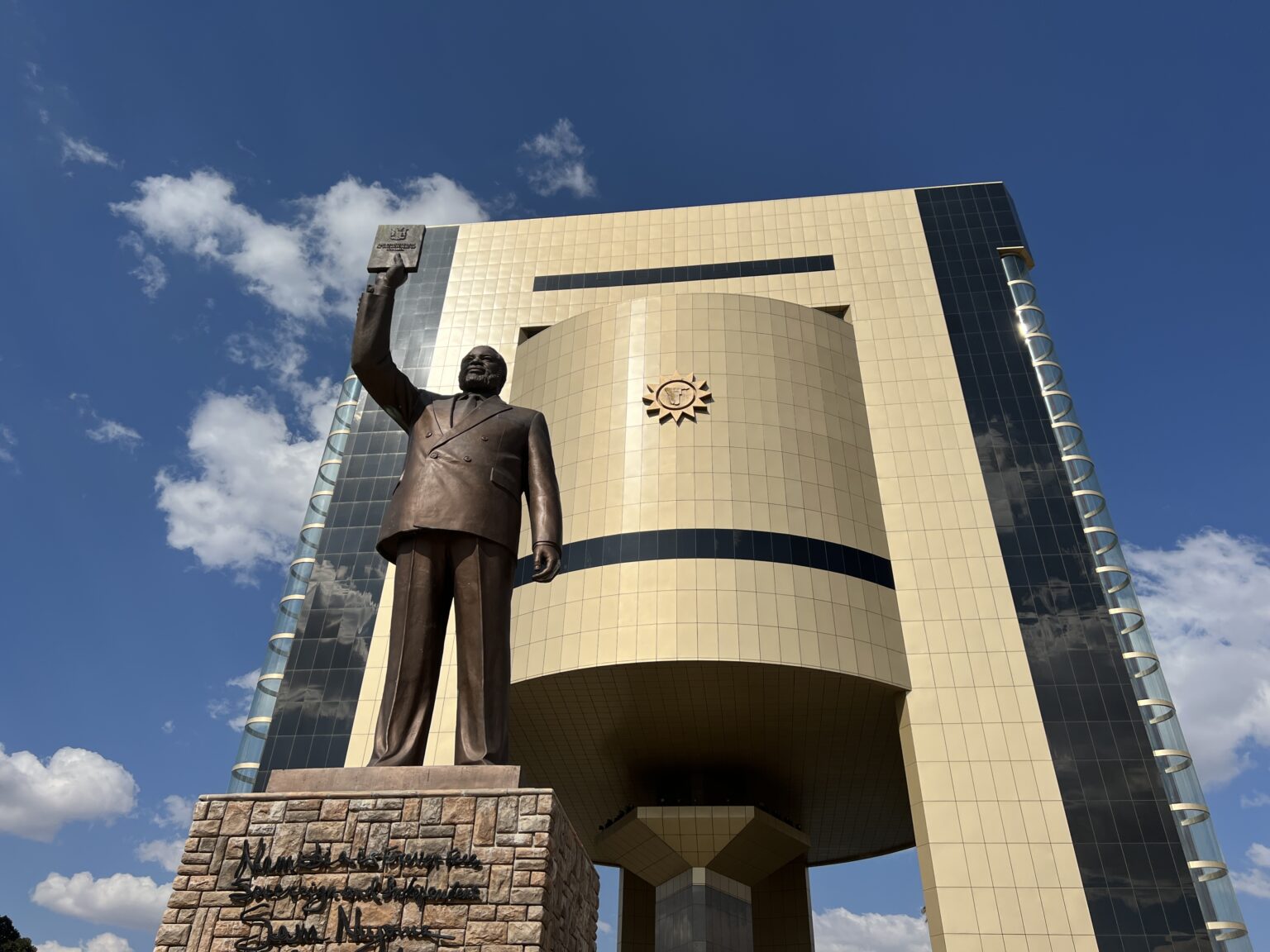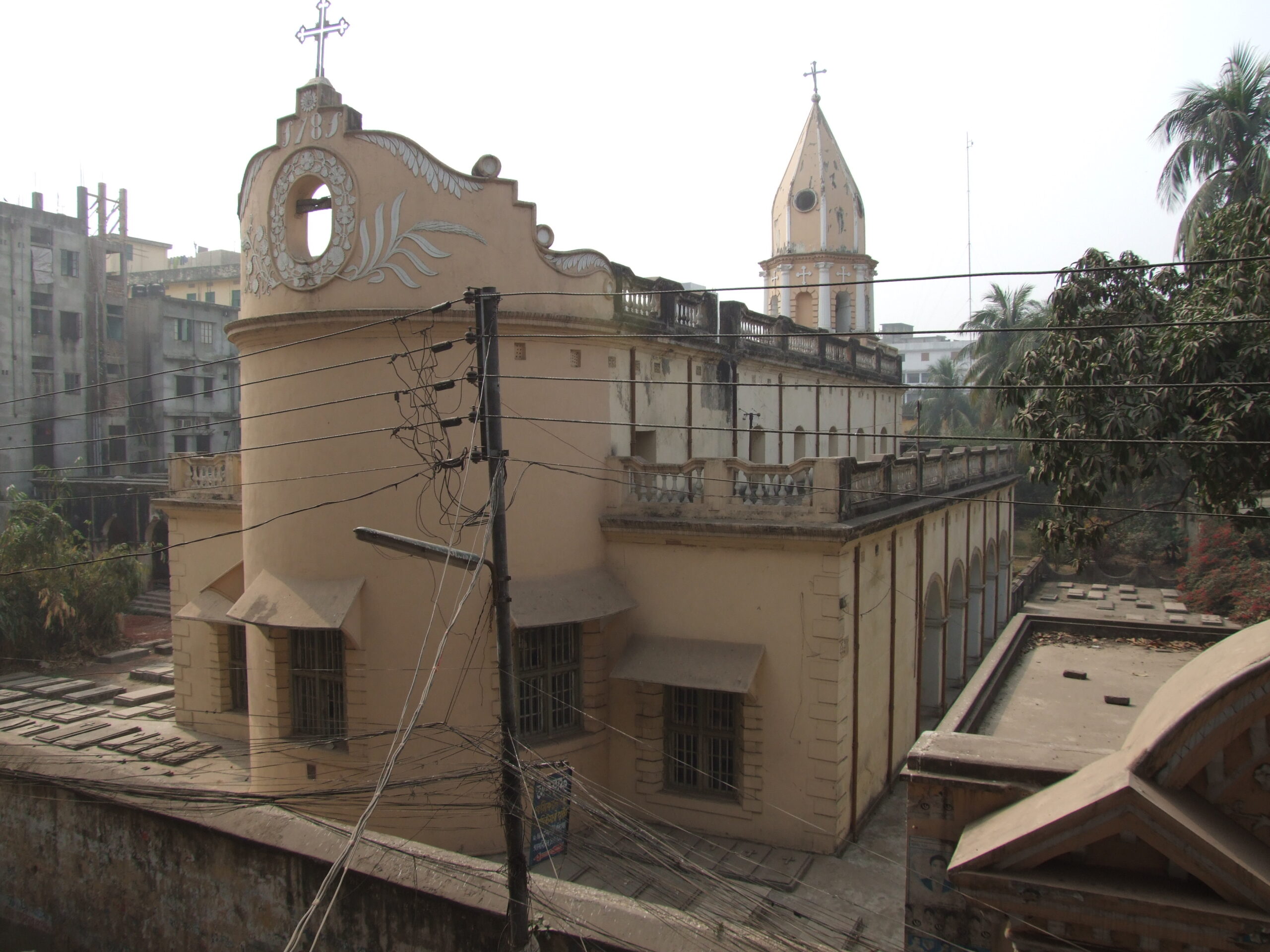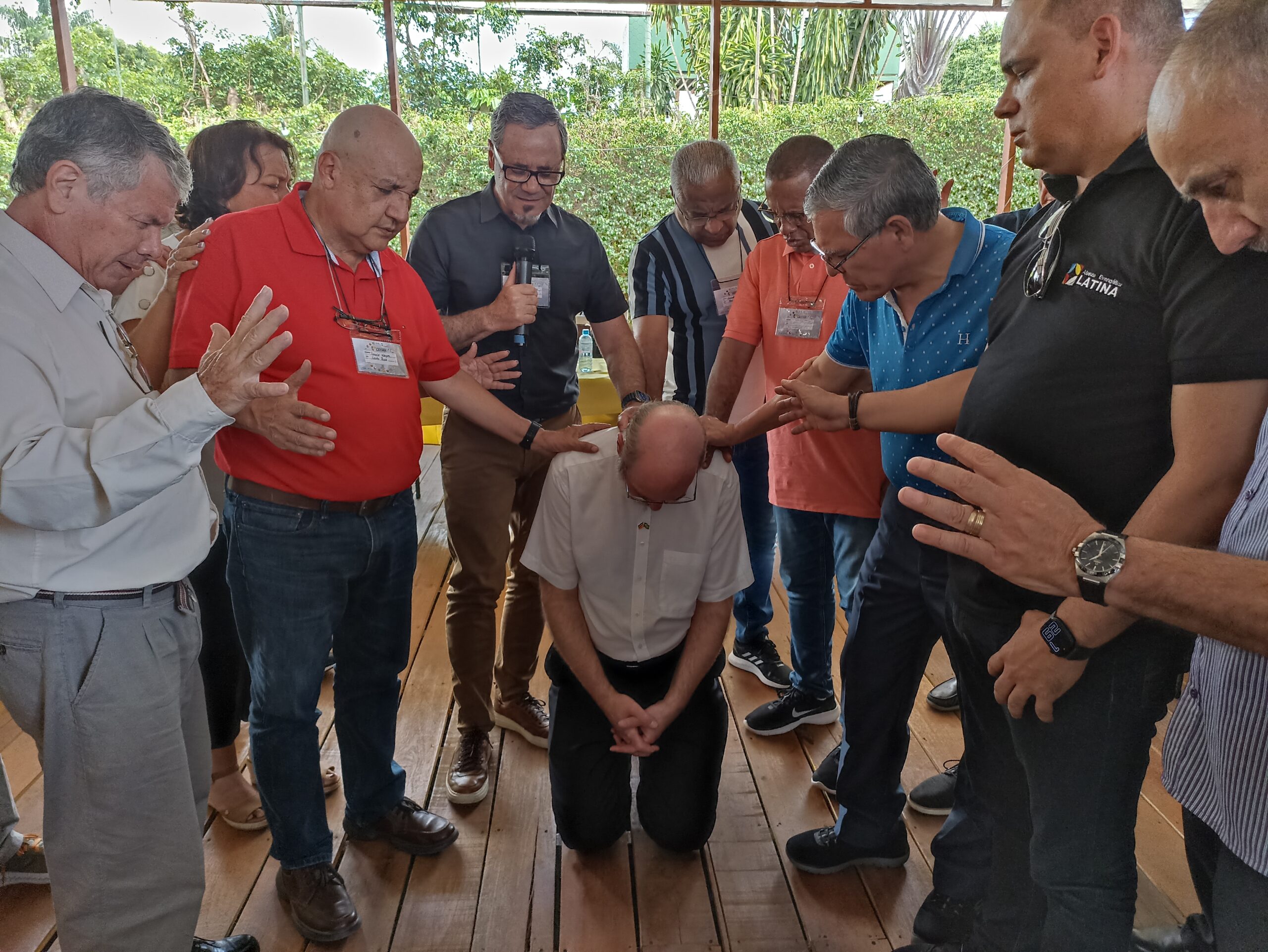Schirrmacher received two detailed introductions into the situation of the country, one by xyz trouping through the pourer parts of Windhoek and visiting P., and one in German language by the Lutheran Bishop Burgert Brand, heir of German settlers from the 17th century, which included a discussion about issues around sexuality and homosexuality in Lutheran churches in Namibia and Africa, who feel somehow colonized by Lutheran churches from Western countries. Visiting different churches, all leaders Schirrmacher spoke to, did regret the missing unity among churches in Namibia.
Among other topics, for Schirrmacher Namibia ist part of following the legacy of pre 1918 German colonies, like Papua New Guinea, Tanzania or Ethiopia. In Namibia he especially tried to learn more on present day opinions on the genocide by German troops among Hereros and Namas a bit more than one hundred years ago. Schirrmacher also met with survivors of the children who had to flee Namibia and where forced by communist countries to study in Communist East Germany, DDR, to become champions of communism in Africa, which mainly failed due to the collapse of the Soviet Union. After 1990 all those kids were send back to Namibia.
The Republic of Namibia is a country in the southern part of Africa on the Atlantic coast. Its capital is Windhoek. It is bordered by Angola and Zambia to the north, Botswana to the east, and South Africa to the south. Namibia has a po pulation of 2.1 million people. The name of the country is from the Namib Desert. This is said to be the oldest desert in the world.
Namibia became a German colony in 1884. This was to stop the British. The country was called German South-West Africa. From 1904 to 1907, the Herero and the Namaqua took up arms against the Germans. In the following Herero and Namaqua genocide, 10,000 Nama (half the population) and about 65,000 Hereros (about 80% of the population) were killed. South Africa defeated the German troops in World War I and began to dominate the country in 1915, holding on to its claim to rule until the country became fully independent. From 1919, Namibia was a mandated territory of the League of Nations. In 1946, the League of Nations was replaced by the United Nations. On March 21, 1990, the country officially became independent.
The Herero and Namaqua Genocide is thought to have been the first genocide of the 20th century. It took place between 1904 and 1907.
On January 12, 1904, the Herero people, led by Samuel Maharero, fought back against German colonial rule. In August, German general Lothar von Trothadefeated the Herero in the Battle of Waterberg and drove them into the desert of Omaheke, where most of them died of thirst. In October, the Nama people also fought against the Germans only to suffer a similar fate. In total, from 24,000 up to 100,000 Herero and 10,000 Nama died. The genocide was marked by many deaths by starvation and thirst because the Herero who fled the violence were not allowed to go back to the Namib Desert. In 1985, the United Nations’ Whitaker Report said that the aftermath was an attempt to exterminate the Herero and Nama peoples of South West Africa, and said it was one of the first tries at genocide in the 20th century. The German government said that the genocide happened and said sorry for the events in 2004.
Katatura
In the tribal language Otjiherero, “Katutura” means “the place where we do not want to live”. Created in the 1950s during South Africa’s Apardheit policy, it was intended to be a residential area for blacks who were expelled from the city. Windhoek was to become “white” according to the South African example. For this purpose, a completely new residential area was built from scratch and forced resettlements began in 1959. Although Katutura appears poor, it is nevertheless kept much better, than the poorer neighborhoods of Katutura. The tarred roads give way to gravel roads, water points serve as water supply and a regulated waste disposal as well as proper sanitary facilities are missing. The people live, like about half a million Namibians, in self-built shacks made of corrugated iron, usually without medical care or social security protection.
Despite Namibia having 3.300 US$ millionaires (2017), 43% of the people live at or under the poverty line, 25% living in the urban areas and 59% living in rural areas. Half a million people live in informal house, normally made up of corrugated sheet metal with no windows, in which it can be more than 50 C in summer and 0 C in winter (which is around July).
Penduka
In the midst of beautiful nature at the Goreangab Dam, directly on the reservoir, the initiative “Penduka” has its headquarters. Penduka (translated from Oshiwambo: “Wake up!”) is a social enterprise and a training place for underprivileged women in Namibia. There, women are given hope to take their lives into their own hands and offered the opportunity to be trained in arts and crafts or else in the hospitality industry. Women with entrepreneurial drive are even given the opportunity to start their own businesses with their newly acquired knowledge. Penduka is based in Katutura and is only some minutes away from the slums. Established as a foundation in 1992, Penduka now maintains itself – except for major investments. Penduka operates on fair trade principles and seeks partnerships with other institutions, businesses and organizations to build strong long-term networks.
Christ Church and Burgert Brand
The Christ Church (or Christuskirche) in Windhoek is the largest church of the Evangelical Lutheran Church in Namibia (DELK) built from 1907 to 1910. It was consecrated after the end of the wars between Germans and the Nama, Herero and Ovambo in0 and was therefore originally known as the Church of Peace. It is considered a landmark of the city and can be found on mots prospectus around Namibia.
Since 2015, Burgert Brand, a Namibian Evangelical Lutheran theologian, has been bishop of the Evangelical Lutheran Church in Namibia (DELK). He is the church’s first native-born bishop. Brand grew up in Tsumeb and studied theology at the University of Natal in Pietermaritzburg and at Eberhard Karls University in Tübingen. After holding pastorates in the Namibian towns of Windhoek and Gobabis, Brand worked as a pastor in Midrand (South Africa) from 1995. In 2003, he moved to Hermannsburg, Germany, as a pastor.
Christianity in Namibia
More than 90 percent of the population belongs to Christianity. The largest Christian group is the three Lutheran Churches speaking Afrikaans, English and German. In 2007 the three churches established the United Church Council of the Lutheran Churches in Namibia in an attempt to merge and unify. The second largest Christian denomination is Roman Catholicism. Smaller groups belong to the Anglican Church, Baptists, Methodists, Mormons, New Apostolic Church, Seventh-day Adventist Church, Branhamism, a number of Zionist churches, or Pentecostal Christianity.
The Christian mission history in Namibia dates back to the beginning of the 19th century. The first missionaries are considered to be Abraham and Christian Albrecht, who arrived in what is now Namibia in 1806 for the London Missionary Society (LMS). At that time, missionary Heinrich Schmelen built Schmelen House, the oldest surviving western building in the country and a national monument since 1952. Schmelen was the first European to learn Nama and translate parts of the Bible into the language. In 1825, the Wesleyan Missionary Society (WMS) came as the second missionary society. The Rhenish Missionary Society (RMS) officially began missionary work in Hereroland in 1844. In 1840, due to a shortage of missionaries, the LMS left all mission stations to the RMS. The RMS continued to build mission stations until the early 20th century and also promoted education and agriculture. In 1867, the RMS also took over the work of the WMS, and the first contact was made between the Rhenish and Finnish mission societies. Beginning in 1892, the RMS ventured into the northern part of the country for the first time translated the New Testament in Oshikwanyama. In 1896, Catholic missionary work officially began in German Southwest Africa, but only in areas where there were no Protestant missionaries, a situation that changed only in 1924. By 1960, there were more than 100 Christian workers sent by the Finnish Evangelical Lutheran Missionary Society in Ovamboland alone. During the Namibian liberation struggle, the number dropped to just 14 in the 1980s, and Finnish missionary work ended with Namibian independence in 1990.
https://simple.wikipedia.org/wiki/Namibia
https://simple.wikipedia.org/wiki/Herero_and_Namaqua_genocide
https://en.wikipedia.org/wiki/Katutura
https://en.wikipedia.org/wiki/Poverty_in_Namibia
https://en.wikipedia.org/wiki/Christ_Church,_Windhoek
https://de.wikipedia.org/wiki/Burgert_Brand




